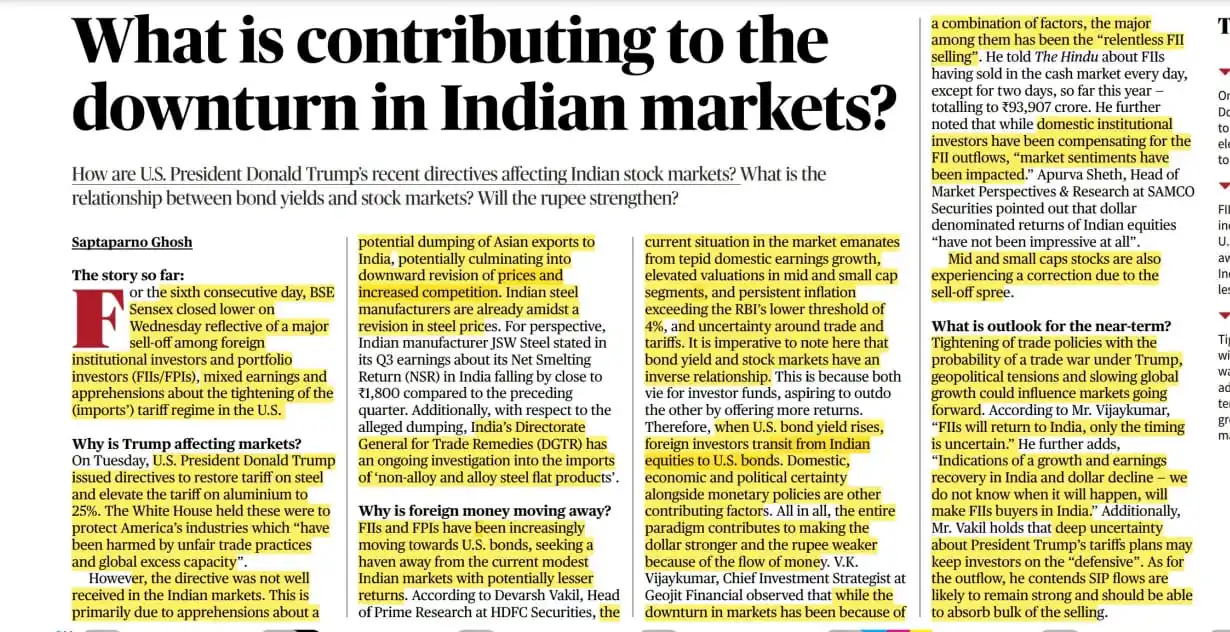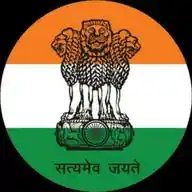
UPSC Economy UPSC UPSC UPSC UPSC UPSC UPSC UPSC UPSC UPSC UPSC UPSC UPSC UPSC UPSC UPSC UPSC UPSC™
19.1K subscribers
About UPSC Economy UPSC UPSC UPSC UPSC UPSC UPSC UPSC UPSC UPSC UPSC UPSC UPSC UPSC UPSC UPSC UPSC UPSC™
The Nation's and its people well being is checked by its economic progress and it plays vital role to understand the concepts and trends in economy to sail the exam. Keep learning Economy for UPSC Exam and keep sharing channel.
Similar Channels
Swipe to see more
Posts

🔆 China's recent actions, such as restricting travel and exports for specialized manufacturing equipment, have disrupted Apple-Foxconn's production in India, highlighting China's strategic use of supply chain dominance. Key Points: ✅China's Actions: Travel restrictions and export curbs for specialized manufacturing equipment. ✅Impact on Apple-Foxconn: Disrupted production, manpower shortages, delays in iPhone assembly. ✅China's Motivation: To slow down India's manufacturing growth, limit knowledge transfer, gain leverage in negotiations. ✅India's Response: Needs to engage Apple and Foxconn to negotiate with China, while also focusing on long-term solutions. ✅'Make in India' Program: Large-scale electronics manufacturing is a key pillar. ✅Production-Linked Incentive (PLI) Scheme: Increased allocation to boost electronics manufacturing. ✅Need for Holistic Ecosystem: Beyond final assembly, focus on component manufacturing and ancillary industries. ✅Skill Development: Complement on-site training with specialized programs. ✅Indigenous Contract Manufacturers: Encourage private capital to develop a robust network. Possible Questions: ✅Prelims: Which of the following is/are a consequence(s) of China's recent actions on Apple-Foxconn's production in India? Manpower shortages at manufacturing facilities. Delays in iPhone assembly. Increased allocation for the PLI scheme. (a) 1 only (b) 1 and 2 only (c) 2 and 3 only (d) 1, 2 and 3 ✅Mains: "China's strategic use of supply chain dominance presents a significant challenge to India's 'Make in India' ambitions in the electronics sector." Discuss this statement, suggesting measures for India to mitigate such risks and develop a more resilient manufacturing ecosystem.


🔆 Protests against the Pune Riverfront Development Project, highlighting concerns about environmental impact and lack of community consultation. Project Details: ✅Scope: 'Beautification' of 44km riverfront (Mula, Mutha, Mula-Mutha rivers). ✅Design: Modeled on Sabarmati Riverfront Development Project (Ahmedabad). Cost: ₹4,727 crore. ✅Protest Details: ✅Chipko Protest: ~800 Punekars participated. ✅Concerns: 🔸Tree felling (22,000 trees claimed). 🔸River narrowing, potential for floods. 🔸Construction of concrete embankments. 🔸Impact on river's ecology. 🔸Lack of transparency and community consultation. 📍Government's Stance: ✅Corporation's View: Project will 'give back' the river to Punekars, currently resembles a nullah. 📍Claims: 🔸No tree felling, only relocation (11,000 trees). 🔸100% survival rate of transplanted trees. 🔸Gabion walls for bank protection. 🔸Riverfront accessible for water sports, etc. 📍Protesters' Demands: ✅Environmentally conscious approach: Beyond cosmetic measures. ✅Living river: Prioritize water and air quality over concrete structures. ✅Transparency: Address concerns about tree felling and ecological impact. Other Points: ✅Jeevitnadi Foundation: Working on river revival. ✅Expert Involvement: Geotagging trees, alternative development plans. ✅NGT Case: Filed by activist Yadwadkar, challenging project approvals. ✅Public Use: Embankment currently used by people, despite state of river. ✅Water Quality: River water heavily polluted, impacting visitors. Possible Questions: ✅Prelims: Which of the following is/are a concern(s) raised by protesters against the Pune Riverfront Development Project? Tree felling and its ecological impact. The narrowing of the river and potential for floods. The lack of transparency and community consultation. (a) 1 only (b) 2 and 3 only (c) 1 and 3 only (d) 1, 2 and 3 ✅Mains: "The controversy surrounding the Pune Riverfront Development Project highlights the complex interplay between development aspirations and environmental concerns." Discuss this statement, analyzing the arguments for and against the project and suggesting a way forward that balances ecological sustainability with urban development.


History quick revise https://whatsapp.com/channel/0029Va9AbAbJZg46NAznuX2y

Best way to analyse your preparation is by solving MCQ. 👇 https://t.me/addlist/MTMS_kBxayEwZmZl https://t.me/addlist/MTMS_kBxayEwZmZl Subject wise channel

🔆Current Context: Analysis of India's Union Budget 2025-26, focusing on its gender-inclusive aspects and potential impact on women's economic participation. 📍Key Initiatives & Allocations: ✅"Viksit Bharat" Vision: Includes women as a priority group, aiming for 70% women in economic activities by 2047. ✅Gender Budget: Increased to 8.8% of the total budget, ₹4.49 lakh crore across 49 ministries. 12 additional ministries integrate gender budgets. ✅Schemes & Programs: Increased allocation for Skill India, DAY-NRLM, MGNREGS, etc. ~52% of funds directed towards women & girls. New schemes like PM Dhan-Dhaanya Krishi Yojana, first-time entrepreneurs' scheme, and sustainable livelihood for urban workers initiative. ✅Focus on Gig Workers: Formalizing gig workers through identity cards and e-Shram portal registration, aiming to provide access to social security. ✅AI for Education: Centre of Excellence on AI for education sector, ₹600 crore gender budget under India AI Mission. 📍Financial Inclusion & Entrepreneurship: ✅Women-owned MSMEs: 20.5% of MSMEs are women-owned. Focus on unlocking finance through collateral-free loans, alternative credit models, and financial literacy programs. ✅Potential Job Creation: 30 million additional women-owned businesses could generate 150-170 million jobs. 📍Labor Force Participation: ✅FLFPR Increase: Rose to ~42% in 2023-24, but still significantly lower than men's (~79%) and below the global average (~47%). ✅Target: Achieving 70% women's participation by 2047 requires further investment in skilling, employment, and infrastructure. 📍Concerns & Challenges: ✅Informal Sector: 90% of working women are in the informal sector, highlighting the need for comprehensive social security measures and enforcement of labor codes. ✅Implementation: Realizing the "Viksit Bharat" vision requires sustained efforts in policy implementation, infrastructure development, and social norm transformation. ✅Overall Assessment: The budget lays a foundation for advancing women's economic participation, but achieving ambitious targets requires sustained efforts, addressing structural challenges, and ensuring effective implementation of policies and schemes. Possible Questions: ✅Prelims: Which of the following is/are a focus area(s) in the Union Budget 2025-26 related to women's economic empowerment? Increasing the gender budget allocation. Formalizing gig workers through identity cards and e-Shram portal registration. Establishing a Centre of Excellence on AI for the education sector. (a) 1 only (b) 2 and 3 only (c) 1 and 3 only (d) 1, 2 and 3 ✅Mains: "The Union Budget 2025-26 demonstrates a commitment to women's economic empowerment, but translating policy pronouncements into tangible outcomes requires addressing deep-rooted structural and socio-cultural barriers." Discuss.
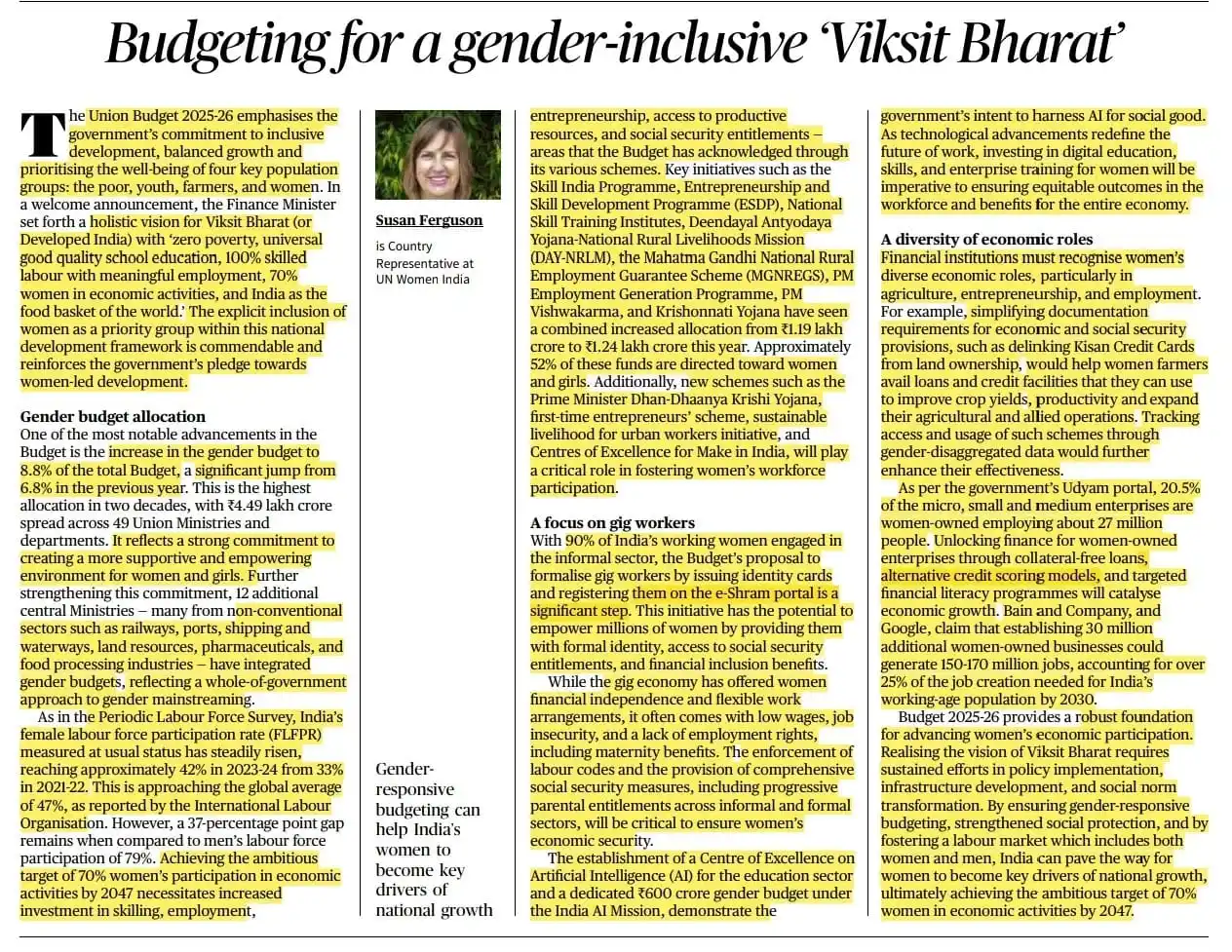

Yeh news kaafi important lgi Leteku in news 2021 upsc ask gucchi 🔆 India Expands Agri Exports: Figs’ Juice & Leteku Reach Global Markets 🌍🍇 ✅ First-ever shipments of fig juice to Poland & Leteku fruit to Dubai since 2014. ✅ Premium Sangola & Bhagwa pomegranates exported to Australia by sea. ✅ Kutch’s Kamalam dragon fruit sent to London & Bahrain. ✅ Assam’s red rice, Nagaland’s King Chilli, and GI-tagged pineapples reach US, UK, UAE. ✅ One District, One Product (ODOP) & North-East focus drive export growth.
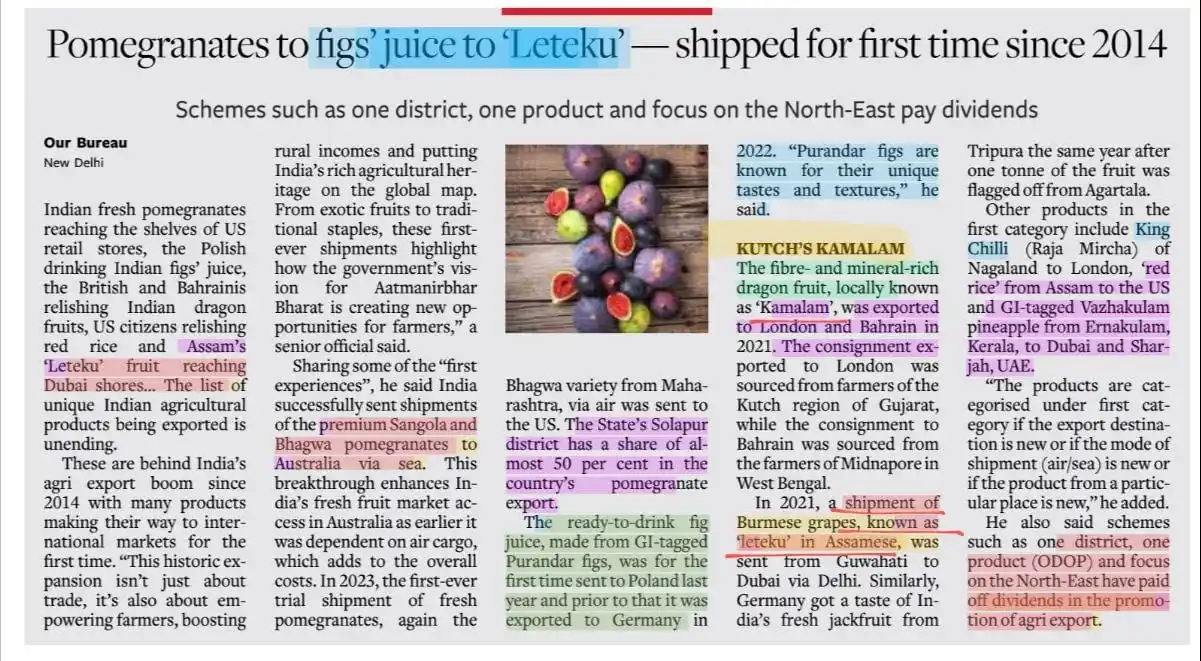

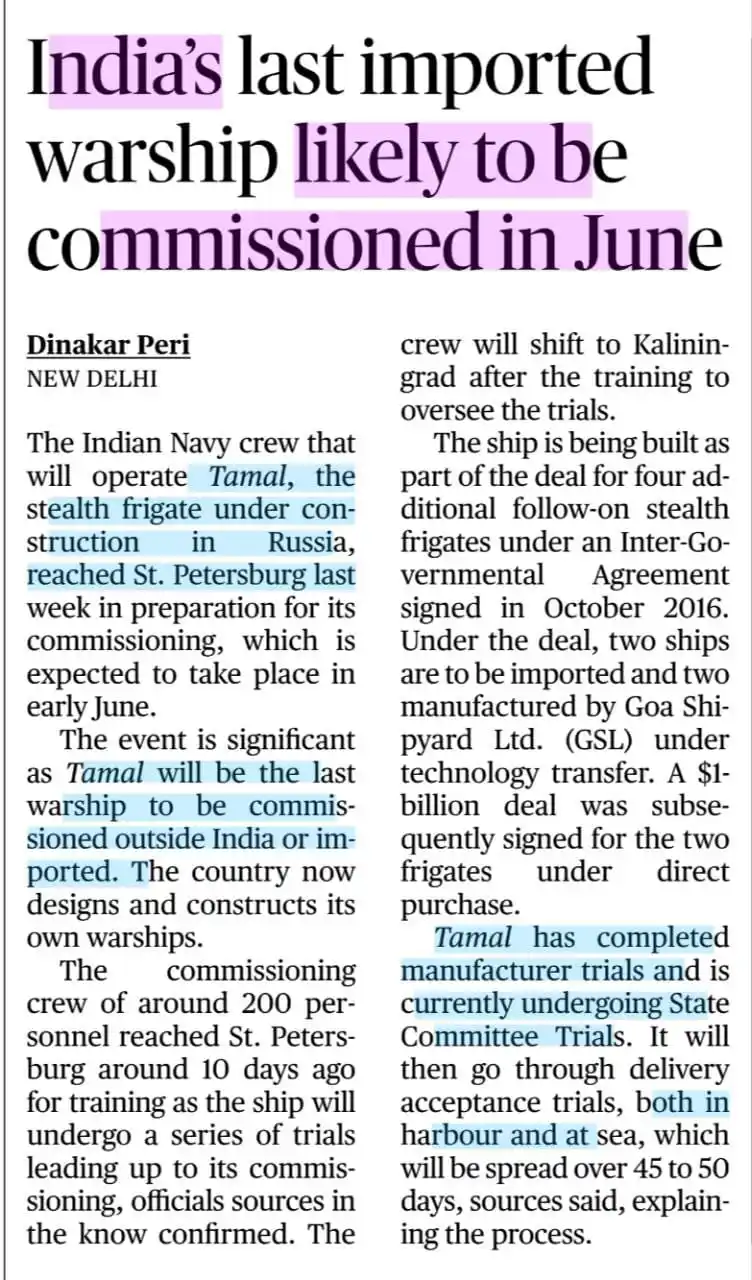



🔆 Analysis of India's import tariffs, particularly in comparison to the US and other BRICS nations, highlighting the focus on agricultural protectionism. Tariff Comparison: ✅India's Average Tariff: 17% (2023), highest among BRICS, five times higher than US (3.3%). 🔸BRICS: Brazil (11%), South Africa & China (>7%), Russia (6.6%). 🔸EU: 5%. ✅Product Coverage: Comparable number of tariff lines between India and US. Agricultural Tariffs: 🔸High Tariffs: >30% on agricultural, dairy, beverages, tobacco. 🔸Protectionism: Aims to protect domestic producers, food security, livelihoods. ✅Non-Agricultural Tariffs: <15% (2018-2023). 🔸US Subsidies: High US agricultural subsidies make tariff reduction difficult for India. Trade Dynamics: ✅India-US Trade Surplus: India's exports to US increased to >$53 billion (FY25), 18% of total exports. ✅Potential US Pressure: Reciprocal tariffs could force India to reduce agricultural tariffs. ✅Bilateral Negotiations: Agricultural tariffs likely part of India-US trade agreement talks. ✅India's Stance: Resistant to negotiating agricultural tariffs in Free Trade Agreements. Product-Wise Tariff Changes (2018-2023): 🔸Decreased: Transport equipment, cotton, textiles. 🔸Increased: Electrical machinery, leather/footwear, some manufactured goods. Possible Questions: ✅Prelims: Which of the following statements regarding India's import tariffs is/are correct? India's average import tariff is the highest among BRICS nations. Agricultural products attract significantly higher tariffs compared to non-agricultural goods. The number of products subject to tariffs is significantly higher in India compared to the US. (a) 1 only (b) 1 and 2 only (c) 2 and 3 only (d) 1, 2 and 3 ✅Mains: "India's agricultural protectionism, while crucial for safeguarding domestic livelihoods, poses a challenge in its trade negotiations with the US." Discuss this statement, highlighting the economic and political factors influencing India's tariff policies and suggesting a way forward that balances domestic interests with international trade dynamics.


🔆Current context: Impact of US trade policy changes under the former president on Indian stock markets, foreign investment flows, and the outlook for the near term. Key points: ✅US tariffs: The former US president imposed tariffs on steel and aluminum imports, leading to concerns about potential dumping of Asian exports into India. ✅Indian markets reaction: Indian markets reacted negatively due to apprehensions about the tariff regime and its potential impact on trade and global growth. ✅Foreign investment outflow: Foreign institutional investors (FIIs) have been selling off their holdings in Indian equities and moving towards US bonds due to higher returns and perceived safety. ✅Bond yields and stock markets: The inverse relationship between bond yields and stock markets is highlighted. Rising US bond yields attract foreign investment away from Indian equities. ✅Domestic factors: Domestic earnings growth, valuations, inflation, and economic/political uncertainty are also contributing factors to the market downturn. ✅Outlook: The near-term outlook is uncertain due to potential trade wars, geopolitical tensions, and concerns about global growth. FIIs are expected to return to India when growth and earnings recover and the dollar weakens. Possible Questions: ✅Prelims: Which of the following is/are a factor(s) contributing to the downturn in Indian stock markets mentioned in the article? US tariffs on steel and aluminum imports Outflow of foreign institutional investors Domestic earnings growth (a) 1 only (b) 1 and 2 only (c) 2 and 3 only (d) 1, 2 and 3 ✅Mains: "The policies of the former US president have had a significant impact on Indian stock markets and foreign investment flows." Discuss this statement with reference to the information provided in the article.
